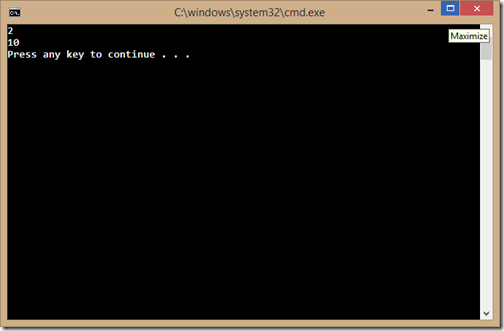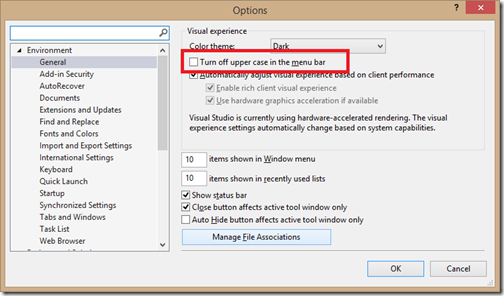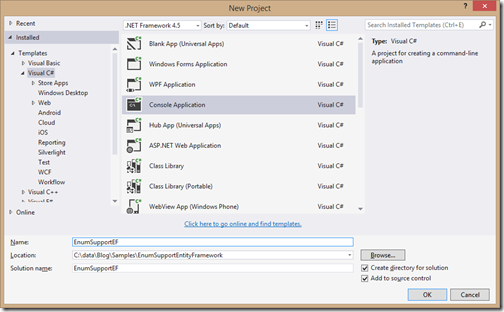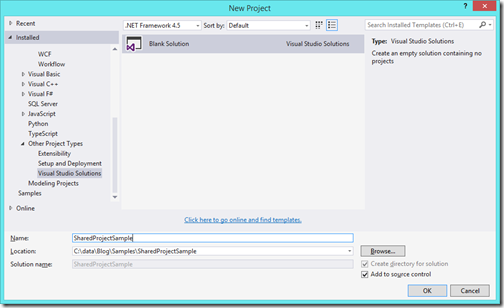Before some time I have written a blog post about coding standard Why coding standards are important?. It was appreciated by lots of people and few people asked me whether do you have coding standard checklist or not? So Today, In this blog post I’m going to shared few link for coding standard checklist which I follow.
https://csharpguidelines.codeplex.com/
http://www.dofactory.com/reference/csharp-coding-standards
http://code.msdn.microsoft.com/encodocsharphandbook/Release/ProjectReleases.aspx?ReleaseId=3352
http://1code.codeplex.com/
There are lots others are also available but I think it’s if you follow and practice above mentioned resources your code will be perfect.
Aviva C# coding guidelines:
An awesome guideline for the C# 3.0,4.0 and 5.0. It’s very good and open sources. You can find that following link on code plex.https://csharpguidelines.codeplex.com/
Do Factory do and don’ts for C#:
A great list of do and don’ts of C# coding standards that all we should follow.http://www.dofactory.com/reference/csharp-coding-standards
Encodo C# Handbook:
It’s having so many coding standard and most of relevant to naming conventions and formatting. You can download that via following link.http://code.msdn.microsoft.com/encodocsharphandbook/Release/ProjectReleases.aspx?ReleaseId=3352
Microsoft All one code framework:
I have been using this for a while. It’s an awesome library which display best practices how we can write code.http://1code.codeplex.com/
There are lots others are also available but I think it’s if you follow and practice above mentioned resources your code will be perfect.






